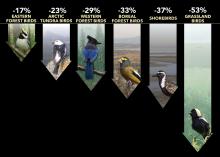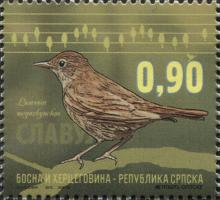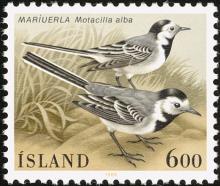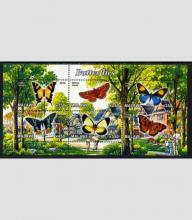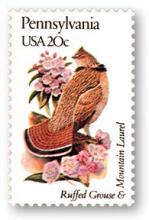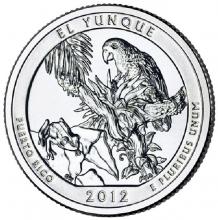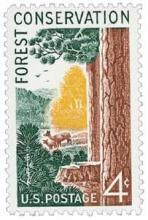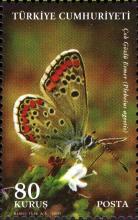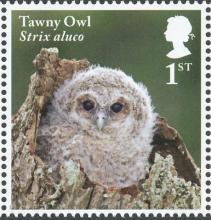North American birds declined by 29% since 1970
A recent study concludes that the birds of Canada and the United States have taken a substantial hit in the last 49 years. Researchers from several institutions in the U.S. and Canada, including the American Bird Conservancy, the Bird Conservancy of the Rockies, the Cornell Laboratory of Ornithology, and Environment and Climate Change Canada, joined forces for the study.

